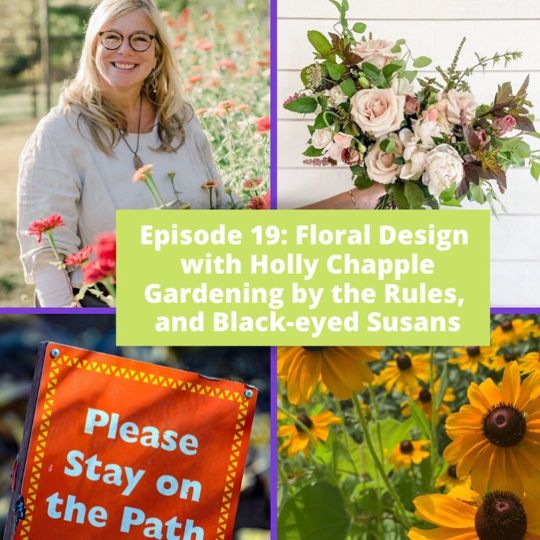#Susan Chapple
Explore tagged Tumblr posts
Text
Golden Bachelorette Joan Vassos and Chock Chapple are returning to Disneyland
Joan Vassos, Chock Chapple. Disney/Christopher Willard Golden Bachelorette Joan Vassos and her boyfriend Chock Chappleback to where it all started. The two spend some time together at Disneyland, the location of their first one-on-one date The Golden Bachelorette. Joan and Chock, both 61, posed for photos around the park with his Bachelor Nation friends, incl Kathy Blacks, Susan Knowles and Nancy…
0 notes
Photo










Quarantine (1989)
#Quarantine#Charles Wilkinson#Jerry Wasserman#Beatrice Boepple#Garwin Sanford#Tom McBeath#Michele Goodger#Kaj Erik Eriksen#Susan Chapple#My Stuff
4 notes
·
View notes
Photo

In the latest #GardenDC podcast episode, we talk with Holly Chapple about floral design. The plant profile is Black-eyed Susans and I share my thoughts on Gardening by Rules. Listen at washingtongardener.com or wherever you get your podcasts #slowflowers #americangrown #BuyLocal #americangrownflowers #cutflowerfarmer (at Washington D.C.) https://www.instagram.com/p/CCoYLw3A9ex/?igshid=1liv681u1ud8j
0 notes